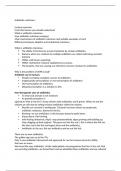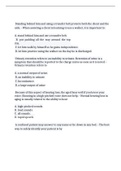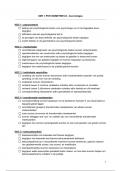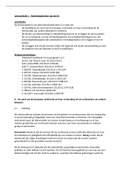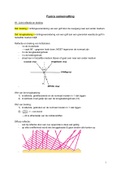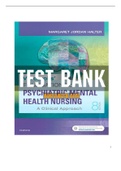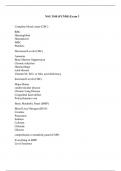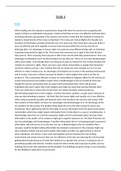Lecture notes
ANTIBIOTIC RESISTANCE
- Institution
- Aston University, Birmingham (Aston)
From this lecture you should understand What is antibiotic resistance How antibiotic resistance emerges Main mechanisms of antibiotic resistance and suitable examples of each Difference between adaptive and mutational resistance What is antibiotic resistance. • The ability of bacteria t...
[Show more]
